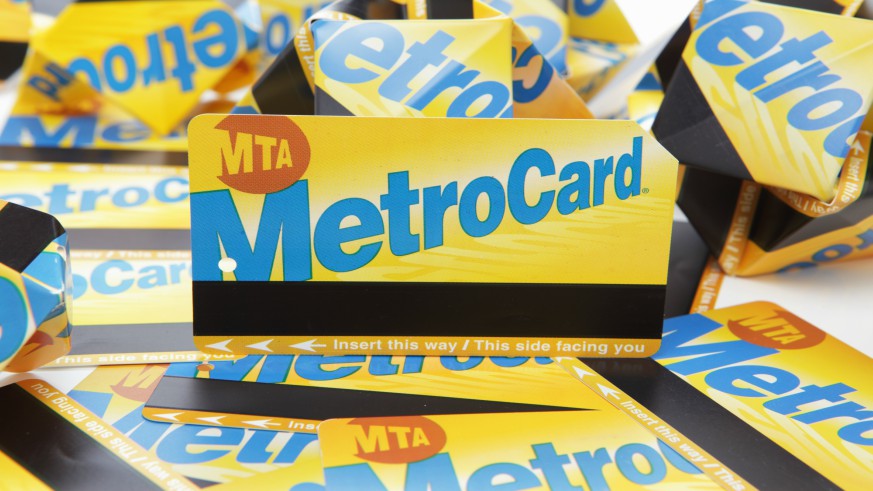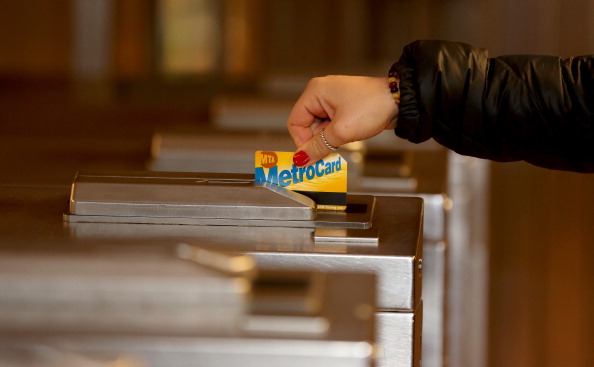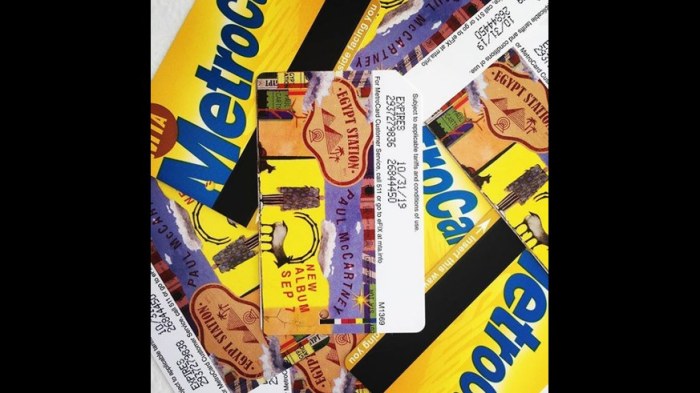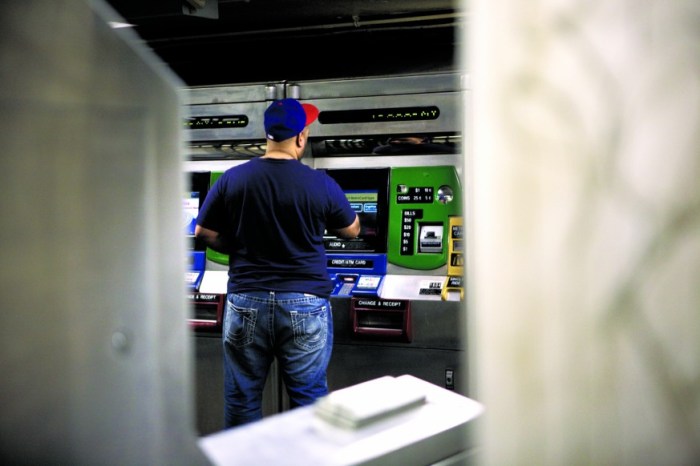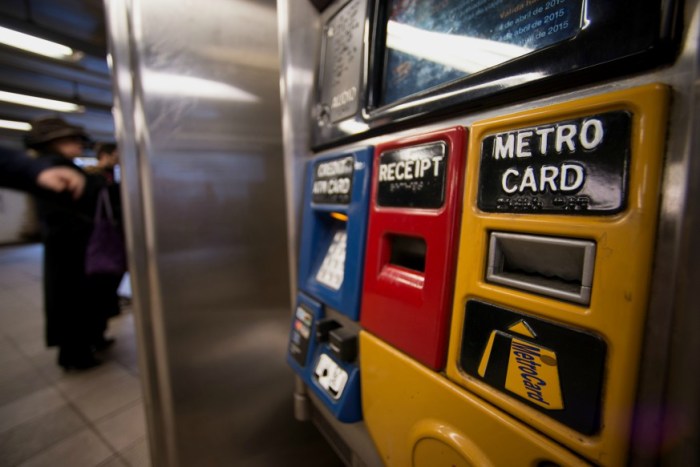New York City’s transit system may be aged and often troubled, but part of it is about to undergo a technological overhaul to replace the MetroCard with your phone or credit card.
“It’s the next step in bringing us into the 21st century, which we need to do,” MTA Chairman Joe Lhota told The New York Times. “It’s going to be transformative.”
Instead of the MetroCard, which replaced tokens on subways and buses in 2003, straphangers will begin seeing new electronic readers at turnstiles as soon as next year.
“A new fare system will be more convenient for riders and will ultimately save money for the MTA, which is money that can be used to improve transit service,” John Raskin, executive director of Riders Alliance, told Metro.
Raskin added that the post-MetroCard system will help with efficiency and inclusiveness “by moving to all-door boarding on buses or rolling out Fair Fares for low-income transit riders.”
The first rollout will be 500 subway turnstiles and 600 buses, with full installation complete by the end of 2020, the Times reported. However, the full MetroCard replacement won’t happen until 2023 — just in time for their 30th anniversary.
But for those who fear change or really love MetroCards, they will still be able to use a MetroCard or tap a smartphone or credit or debit card at the new turnstiles until the complete phase-out.
The new pay-as-you-go system will work for subways, buses and the Long Island Rail Road and Metro-North via Apple Pay, Android Pay or Samsung Pay and credit or debit cards with wireless chip technology.
To switch to the new payment system, the MTA used Cubic Transportation Systems, the company that created MetroCards and designed the payment system for the London Underground, often considered the benchmark for transit innovation.
A test-run of the new system went live last month at the Bowling Green and Wall Street stations in Manhattan and pilots are planned for hubs like Penn Station, Grand Central and Atlantic Avenue-Barclays Center by yearend.
The MTA board is set to vote on the $573 million contract Wednesday.

